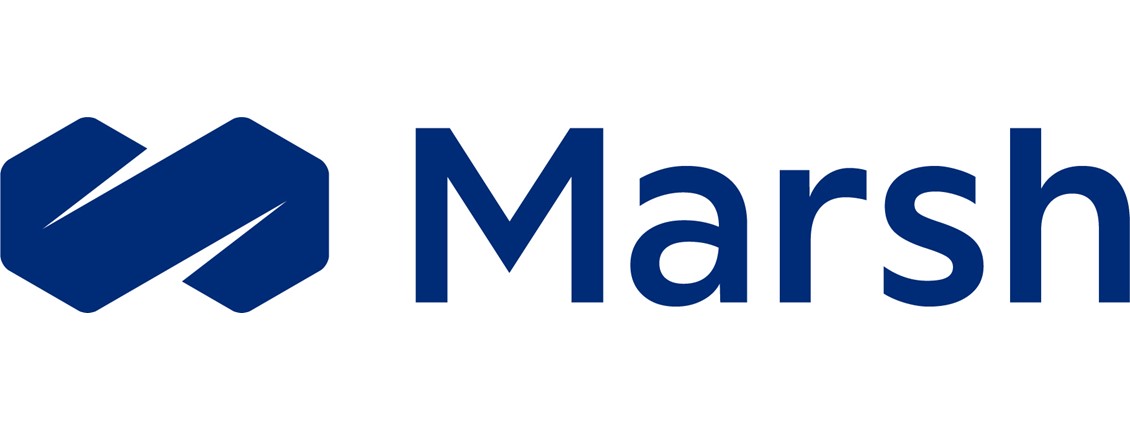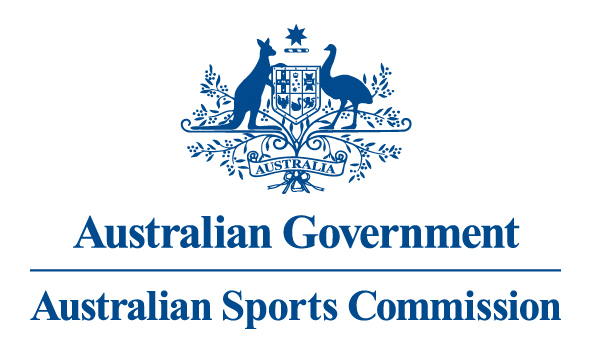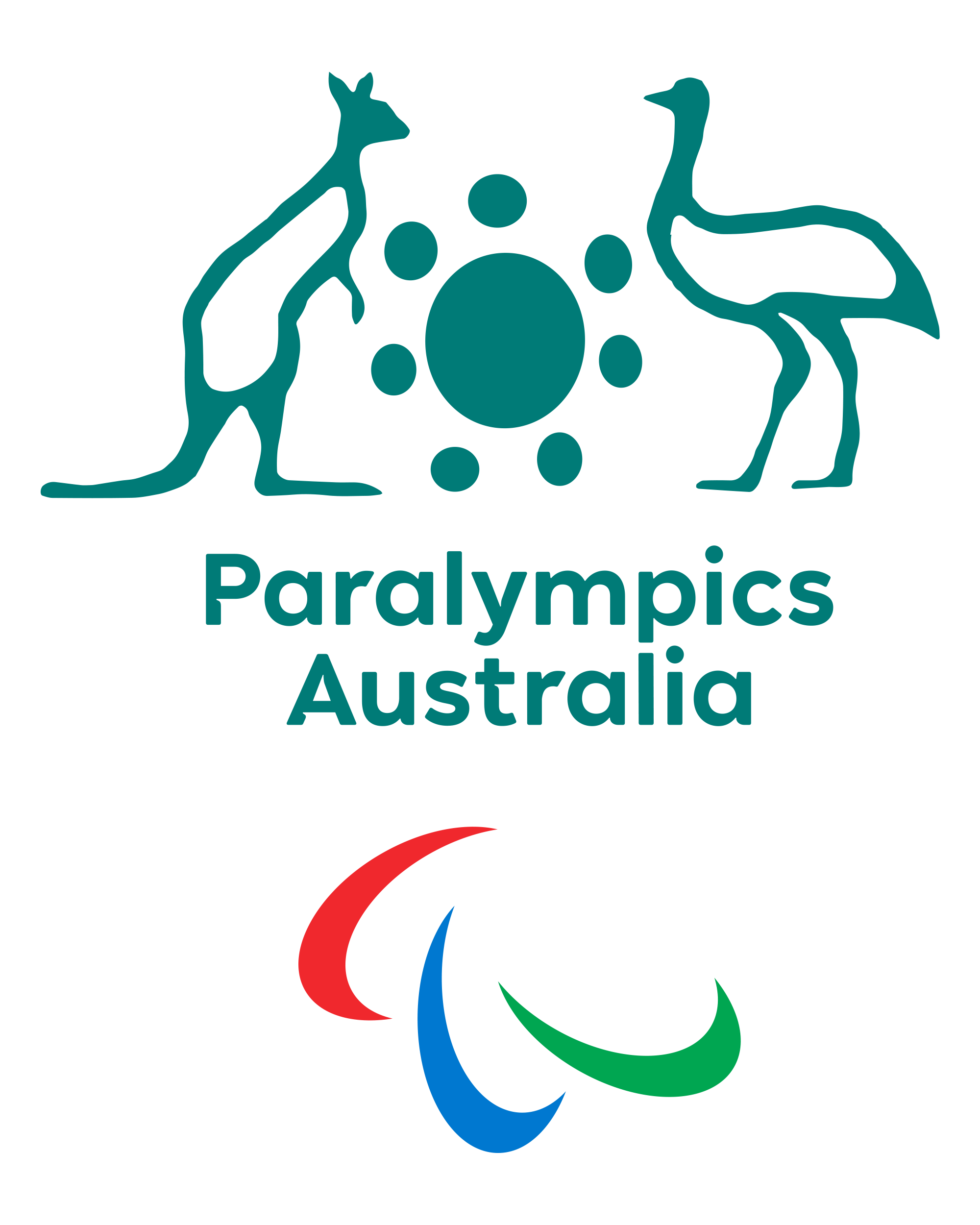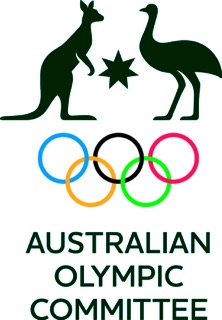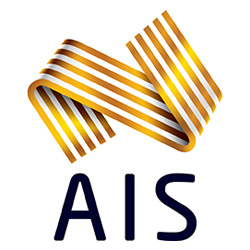1. Why are membership fees and levies increasing?
Over the last five years, Equestrian Australia has taken on significant additional responsibilities, including managing a National Health and Safety Program, supporting Sports Integrity Australia’s National Integrity Framework, and providing additional insurance and claims support. Coupled with inflation and the need to update our IT systems, these factors have necessitated an adjustment to our fees and the implementation of a one-off IT Levy to ensure we can continue delivering high-quality services.
2. EA’s Evolution Since 2020
Following the voluntary administration period, EA fundamentally transformed to better serve its 22,000 members nationwide. EA have taken on significant new responsibilities that were previously managed by individual states:
-
June 2020: National Safety Program centralised and managed by EA
-
2020/21: Insurance centralised and managed by EA
-
2023: National Integrity Program centralised and managed by EA
These changes have delivered national consistency, improved standards, and better outcomes for members. However, they have also significantly increased EA’s operational responsibilities and costs.
3. Understanding Your Current Membership Structure
It is important to understand how your membership fees are currently distributed:
In 2023/24 total membership fees were $7,004,797. EA received only 21% ($1,040,938) of the total fees collected from members. The EA component of members fees is used to cover all National functions including the Integrity Program, Safety Program, Coaching Accreditation, Officials Accreditation and Sport Operations.
The Insurance component of membership fees was $2,053,941 which is charged on a cost recovery of insurance premium plus administration of 10%.
In the same period, States received 79% (varies by state) of total membership revenue ($3,909,918) in 2023/24 and have complete autonomous control over their portion of membership fees.
In 2024/25 membership costs sourced from each branch’s website show that branches retained 55-68% of member fees.
EA respects the role that states play in servicing members at the local level, and we will work collaboratively to ensure both national and local member needs are met effectively.
It is important to note that, according to publicly available financial statements, some states, depending on their individual circumstances and reserves, may have the financial capacity to absorb EA’s fee increase and not pass it on to members,which was encouraged by EA during the extensive consultation period. We encourage members to discuss this directly with their state branches.
While EA now provides centralised national services to all members, the funding structure creates challenges in delivering the fundamental services members should expect. The national federation operates with significantly less funding compared to the combined state income, which impacts our capacity to provide comprehensive services across all areas of member services and support.
4. The Funding Reality
Over the past 5 years:
-
EA membership fees have increased annually by only 3% on average
-
EA has taken on 3 major new service areas being the National Safety Program, National Integrity Program and centralisation of insurance services
-
Currently, only insurance premiums are fully covered by membership fees
Services requiring additional funding support:
-
National Safety Program: Managing 703 incidents in 2024, while continuing to develop and implement evolving national safety standards across all disciplines
-
National Integrity Program: Processing 150 complaints annually, with associated legal and investigation costs totalling $282,000 in 2023-24 ($110,000 in legal fees and $90,000 in investigation costs)
-
Sport Operations: Supporting over 800 coaches and over 1000 officials nationwide, processing over 270 FEI passports, overseeing all discipline committees, conducting rule reviews, managing budgets and liaison activities, while maintaining comprehensive national rules and standards across all equestrian disciplines
4. How has inflation impacted Equestrian Australia and the broader sporting landscape?
Inflation has significantly affected Equestrian Australia's operational costs, including staffing and general expenses, creating financial pressure that necessitates fee adjustments for sustainability. This impact reflects broader trends across Australian sport. The Australian Sports Commission's financial benchmarking shows that costs for National Sporting Organisations have risen by 31% on average over the last five years, with staffing costs increasing across all sports. Australia's inflation over this period has been driven by global economic pressures, increased demand for goods and services, and supply chain disruptions, requiring organisations like Equestrian Australia to adapt to these economic realities while continuing to serve members effectively.
5. How does the fee increase support the organisation’s work?
The adjustment helps fund key areas, including:
-
Strengthened integrity oversight to ensure fairness and ethics in equestrian sport.
-
Enhanced health, safety, and incident management capabilities.
-
Enable EA to more effectively administer insurance coverage, thereby better protectingour stakeholders.
-
IT upgrades provide better data for decision-making and enhancing cyber safety.
6. Who is impacted by the fee increase?
All members, clubs, coaches and officials will be affected by the adjustment. However, the increased funding ensures the long-term sustainability of the organisation and the continued delivery of benefits to all stakeholders.
7. When will the new fees and levies take effect?
The updated fees and levies will come into effect on 1 July 2025.
8. When are fees usually set?
EA's fees are typically set each year in May/June ahead of the Financial Year to provide states and members with adequate notice for planning purposes. This year's fee announcement is later than anticipated due to an extended consultation process that required holding four separate Fees & Levies Committee meetings, culminating in a combined meeting of EA and all state representatives in early June. This additional consultation time was necessary to ensure all stakeholders had comprehensive information and opportunity for input before finalising the fee structure.
9. How much is the IT Levy, and how long will it be in place?
The IT Levy will be $33 and last for one year.
10. Is the IT Levy going to be an additional ongoing fee?
No, the IT Levy is a one-time payment that is designed specifically to support EAs IT upgrade to member specific services.
11. How much are fees going up by?
This depends on your membership category and the state in which you are a member. Please review our full list of detailed member fees and levies HERE.
12. What should I do if I am experiencing financial hardship?
We understand that fee increases can create challenges for some members. If you are experiencing financial hardship, please contact your State branch with details of your circumstances. We will work collaboratively with our state associations to explore suitable options and ensure we can accommodate your financial situation while maintaining your membership and participation in equestrian activities.
13. How was the amount of the increase decided?
The increase reflects careful consideration of operational needs, additional responsibilities, and rising costs. The fee increasesan intensive review conducted by EA’s Fees and Levies Committee, which included representatives from each State Boards, as well as a collective meeting of EA and the State Boards. It wasdeterminedby the Board as a required measure to ensure the organisation’s long-term ability to serve members effectively and the ongoing sustainability of the organisation.
14. What benefits will members see as a result of this fee increase?
The increased funding will directly support:
-
Enhanced integrity measures to ensure fairness and transparency.
-
Continued health and safety oversight.
-
Greater support in insurance protection for stakeholders.
-
Upgraded technology for efficient service delivery, improved cyber security, greater data insights and faster member services.
15. How will Equestrian Australia ensure transparency around the use of these funds?
Equestrian Australia is committed to transparency. Members will receive regular updates on how the funds are being utilised and when new or enhanced services come online to meet the growing needs of our members.
16. Why was the head office in Homebush, NSW, sold, and what is EA doing with the proceeds?
EA, like many sporting organisations, has faced economic pressures, including rising inflation and escalating insurance costs. These financial headwinds are not unique to equestrian sport; they affect all sporting bodies, businesses, and households across Australia. While we have taken decisive steps to mitigate some of these challenges, we must acknowledge the broader financial realities shaping our decision-making.
One of the measures to sell the office building at Homebush Bay was driven by the shift toward remote working, which has resulted in the office being significantly underutilised while still incurring the ongoing costs. With EA National staff now based across Australia, maintaining an unused central office space is no longer practical or necessary.
While this decision was not made lightly, it was also necessary to achieve financial stability as we refine our long-term sustainability strategy.
While short-term solutions, such as the sale of our office, offer financial relief, we recognise that they are not financially sustainable strategies. We cannot rely on consuming reserves or assets to cover operational expenses indefinitely. EA must establishfinancial stability that ensures longevity, resilience, and organisational growth.
17. Why is EA raising these funds from Fees and Levies and not sponsorship, government grants and/or other revenue streams?
EA will continue to work hard with all its stakeholders to deliver significant resources to the organisation to further develop its programs. However, the initiatives that require immediate funding are the ones that most directly support our members. In exercising transparent and appropriate governance, EA must fund its services using resources as all our organisational stakeholders intend them.
While EA does have government grants, these funds are allocated to specific projects agreed by the government and can only be used as specified by the individual government grant.
Work being completed by our IT upgrade project will develop greater insights about our membership. These insights may be of value to future sponsors, offering the potential to utilise sponsorship to support some member initiatives.
18. What is the National Integrity Framework?
The National Integrity Framework is a set of policies established by Sports Integrity Australia to promote fairness, safety, and ethics in sport. It includes managing cases of misconduct and protecting the integrity of sport.
19. Where can I find more information about the National Integrity Framework?
For further information about the National Integrity Framework, please get in touch with Sports Integrity Australia directly HERE.
20. Who can I contact if I have further questions or concerns?
For any additional questions, please email: [email protected]

